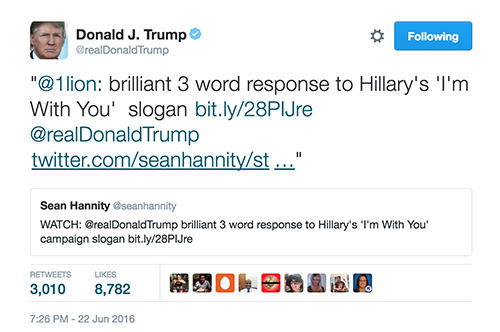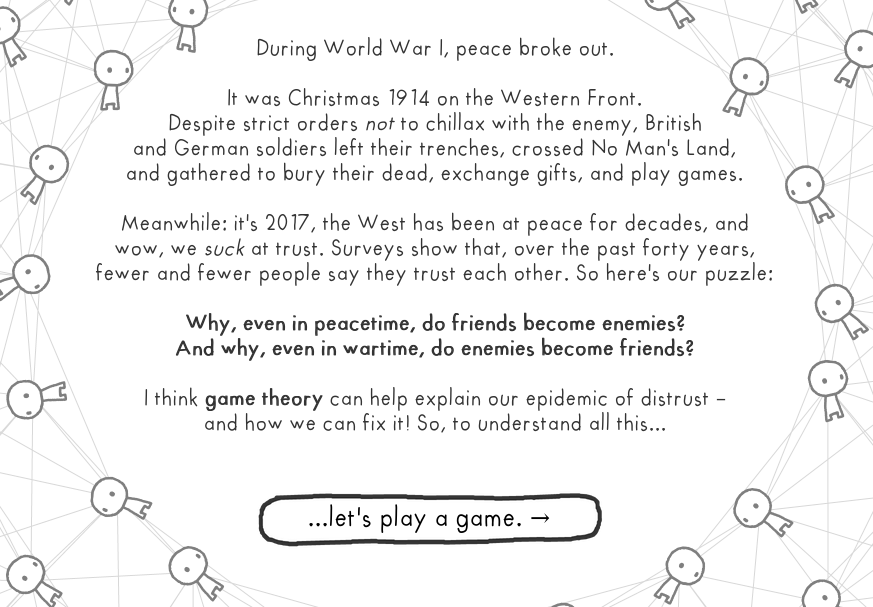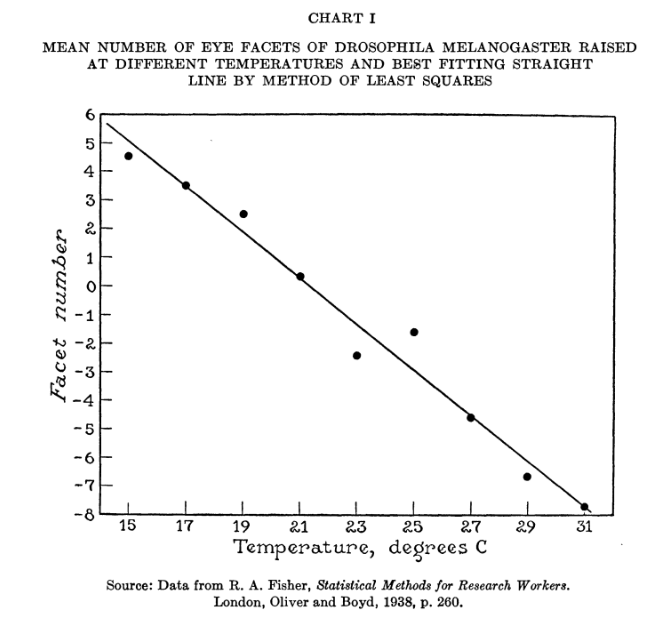I really loved this illustration of the paradoxes of infinity from Infinite Series, so much so that I’ll sum it up here.
What if you could do one task an infinite number of times over a finite time span? The obvious thing to do, granted this superpower, is start depositing money into your bank account. Let’s say you decide on plunking in one dollar at a time, an infinite number of times. Not happy at having to process an infinite number of transactions, your bank decides to withdraw a 1 cent fee after every one. How much money do you have in your bank account, once the dust settles?
Zero bucks. Think about it: at some point during the task you’ll have deposited N dollars in the account. The total amount the bank takes, however, keeps growing over time and at some point it’s guaranteed to reach N dollars too. This works for any value of N, and so any amount of cash you deposit will get removed.
In contrast, if the bank had decided to knock off 1 cent of your deposit before it reached your bank account, you’d both have an infinite amount of cash! This time around, there is no explicit subtraction to balance against the deposits, so your funds grow without bounds.
Weird, right? Welcome to the Ross–Littlewood paradox. My formulation is a bit more fun than the original balls-and-urns approach, but does almost the same job (picture the balls as pennies). It does fail when it comes to removing a specific item from the container, though; in the Infinite Series video, the host challenges everyone to figure out what happens if you remove the median ball from the urn after adding nine, assuming each ball has a unique number assigned to it. Can’t do that with cash.
My attempt is below the fold.




